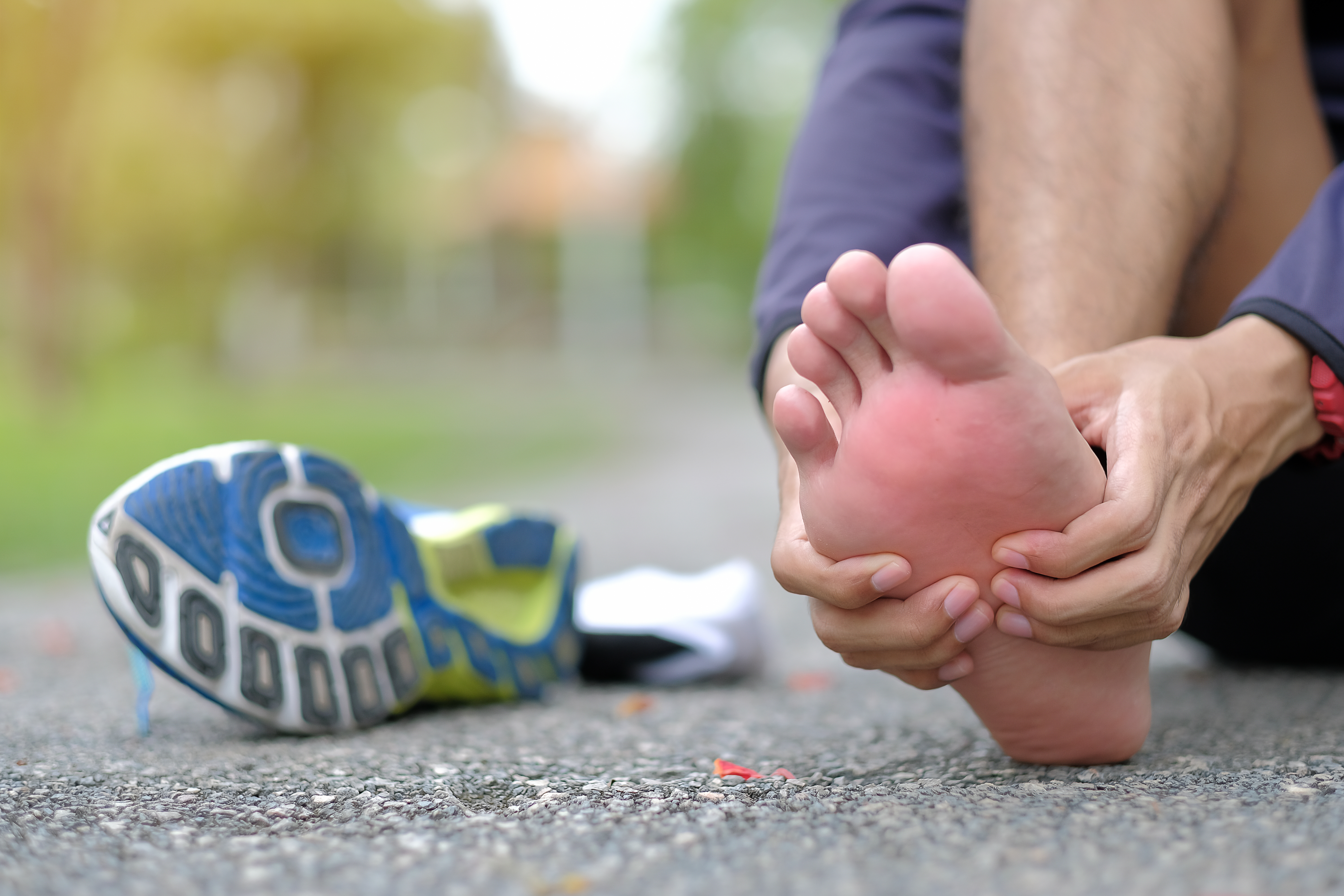Co-author Walter C. Hembree, MD selects the 5 most compelling findings from the recently published “What’s New in Foot and Ankle Surgery.”
Hallux Rigidus
– A recent study compared outcomes for patients with hallux rigidus who underwent cheilectomy and Moberg osteotomy, with or without a polyvinyl alcohol (PVA) implant¹. At a mean of 37 months, those without a PVA implant had significantly higher PROMIS Physical Function scores. In addition, the no-implant group had significantly lower PROMIS Pain Intensity scores. The implant group had 3 reoperations vs. 1 reoperation in the no-implant group. This was not a significant difference.
Arthroplasty
– A report in JBJS compared mobile-bearing vs. fixed-bearing ankle arthroplasty. There were 171 patients in the mobile-bearing group and 131 patients in the fixed-bearing group². The implants were of similar design from the same manufacturer. The same 2 surgeons performed the procedures. At 3 years, reoperation rates did not differ significantly (31 mobile-bearing vs. 14 fixed-bearing). However, the rate of component revision was 3 times higher in the mobile-bearing group.
Athletic Injuries
– Researchers found only a modest change in patient-reported outcomes at 10 years among 189 patients who initially responded to microfracture³. The mean VAS pain score improved from 7.11 before surgery to 1.44 at 1 year. The score had increased to 1.99 at 10 years. This was still significantly better than the preoperative score.
Flatfoot Deformity
– Investigators have proposed a new nomenclature for the spectrum of flatfoot deformity with posterior tibial tendon pathology4. The term “progressive collapsing flatfoot deformity” has seen rapid acceptance. However, intraobserver and interobserver reliabilities must be further evaluated.
– Other researchers found that the middle facet may provide a more pronounced marker of progressive peritalar subluxation than the posterior facet5. The study included 76 patients with adult acquired flatfoot deformity who underwent weight-bearing CT.
“What’s New in Foot and Ankle Surgery” is freely available at JBJS.org.
Each month, JBJS publishes a review of the most pertinent studies from the orthopaedic literature in a select subspecialty.
To read the reports, visit the “What’s New by Subspecialty” collection at JBJS.org.
Recent OrthoBuzz posts include: “What’s New in Sports Medicine 2022” and “What’s New in Hand and Wrist Surgery 2022.”
References
- Chrea B, Eble SK, Day J, Ellis SJ, Drakos MC; HSS Orthopaedic Foot and Ankle Surgery Group. Comparison between polyvinyl alcohol implant and cheilectomy with Moberg osteotomy for hallux rigidus. Foot Ankle Int. 2020 Sep;41(9):1031-40.
- Assal M, Kutaish H, Acker A, Hattendorf J, Lübbeke A, Crevoisier X. Three-year rates of reoperation and revision following mobile versus fixed-bearing total ankle arthroplasty: a cohort of 302 patients with 2 implants of similar design. J Bone Joint Surg Am. 2021 Nov 17;103(22):2080-8.
- Park JH, Park KH, Cho JY, Han SH, Lee JW. Bone marrow stimulation for osteochondral lesions of the talus: are clinical outcomes maintained 10 years later? Am J Sports Med. 2021 Apr;49(5):1220-6.
- Myerson MS, Thordarson DB, Johnson JE, Hintermann B, Sangeorzan BJ, Deland JT, Schon LC, Ellis SJ, de Cesar Netto C. Classification and nomenclature: progressive collapsing foot deformity. Foot Ankle Int. 2020 Oct;41(10):1271-6.
- de Cesar Netto C, Silva T, Li S, Mansur NS, Auch E, Dibbern K, Femino JE, Baumfeld D. Assessment of posterior and middle facet subluxation of the subtalar joint in progressive flatfoot deformity. Foot Ankle Int. 2020 Oct;41(10):1190-7.





2 thoughts on “What’s New in Foot and Ankle Surgery 2022 ”